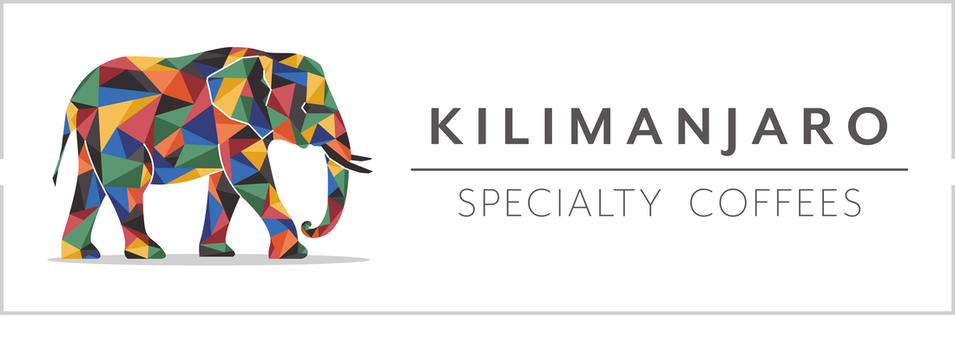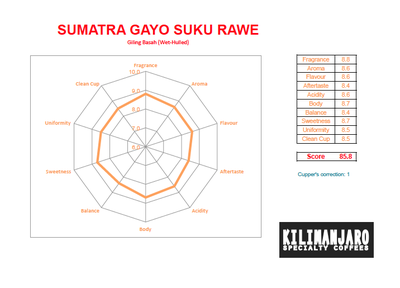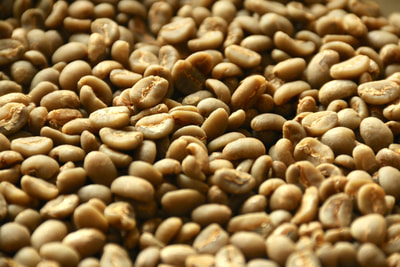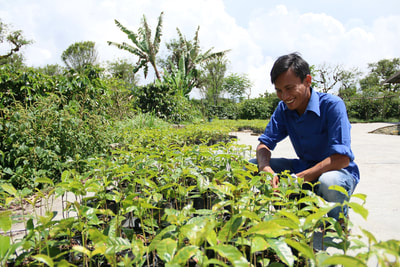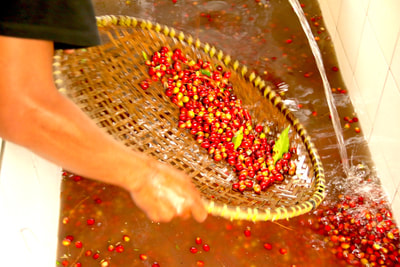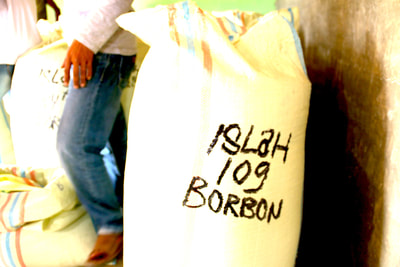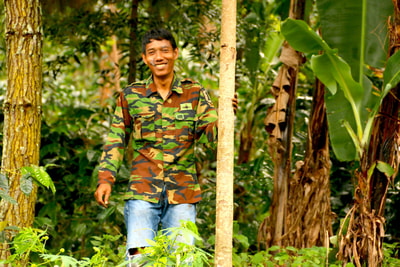SUMATRA SUKU RAWE
"100% RED BOURBON"
General InformationOrigin: Sumatra, Indonesia
Region: Gayo, Aceh Village: Suku Rawe Cooperative: Koperasi Permata Gayo Cultivar: 100% Red Bourbon Altitude: 1300 - 1550 masl Process: Giling Basah (Wet Hulled) Harvest: May - July 2017 Quality: Grade1 & Triple Picked Delivery: Barcelona & Santiago Packaging: 60 Kg w/ GrainPro Score: 86 Notes: Watermelon, cinnamon, cedar, brown sugar Ikawa profile: Available soon Espresso?: Yes! And filter as well |
|
GILING BASAH PROCESS
SUKU RAWE VILLAGE LOCATION
|
WHERE WE ARE
Barcelona, Spain Santiago, Chile |
